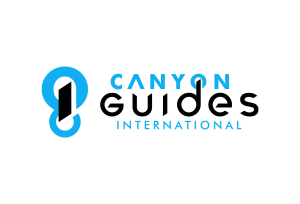TR+R: Transient Rigging & Releasable Systems
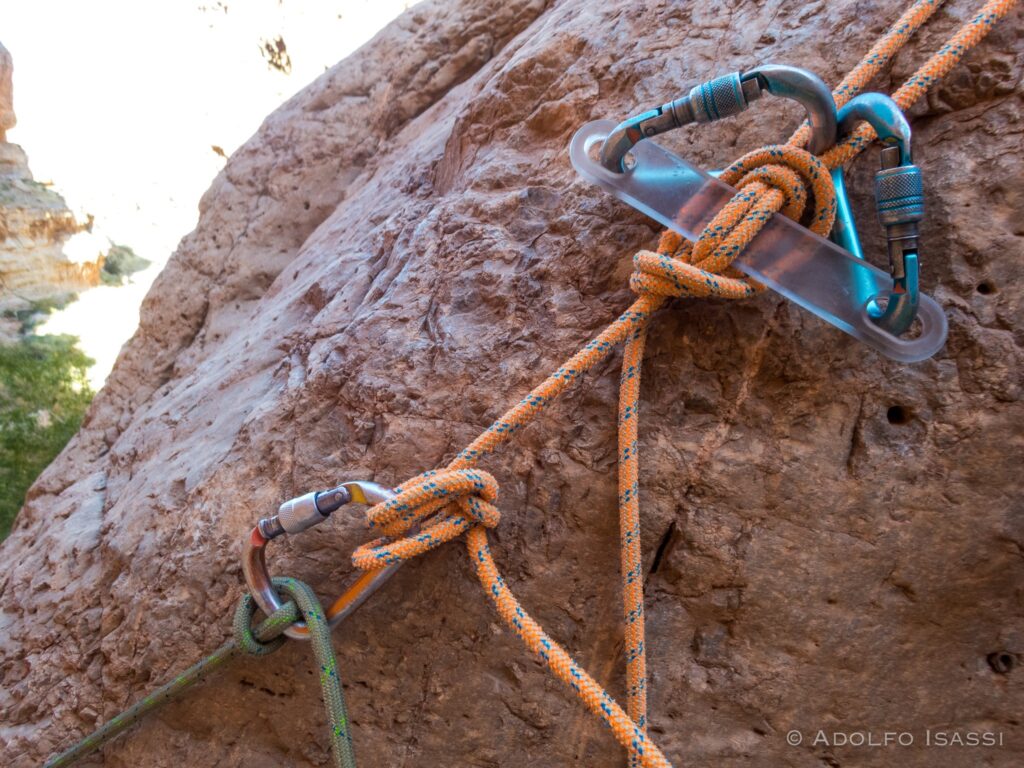
Transient Rigging + Releasable Rigging: TR+Rby Adolfo Isassi Transient rigging, colloquially know as ‘ghosting’ or “metodos de fortuna” in Spanish are great tools for exploring or emergency situations. In areas of the world where artificial anchors are not permitted, or badly installed, these methods fill an important gap in the practice of canyoneering/canyoning. To preserve […]
The science behind teaching & learning: Tying Knots
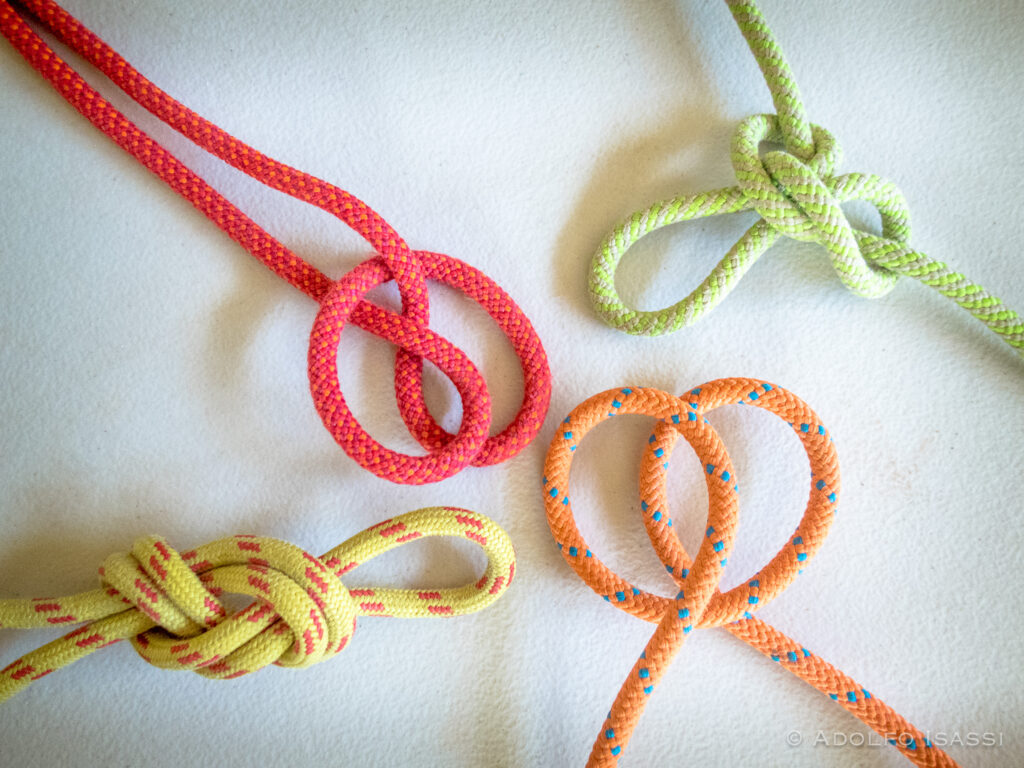
During the few years that I have spent as a canyoneering instructor, I have been able to gather some observations regarding teaching how to tie knots: These observations lead me to suspect that “spatial awareness” (our ability to place shapes and objects in a three dimensional space) may be the key to better understand how to teach knots and […]
Canyoneering Competency Checklist

Canyon Guides International announces the release of its new Canyoneering Competencies Checklist (developed in cooperation with Rich Carlson and Canyons & Crags) – a major step forward from current skills lists. This multi-purpose document incorporates: This is not only a document that lists canyoning skills and competencies; it also offers an instructional framework and philosophy […]
Reflections on releasable systems: Self-locking-backups?
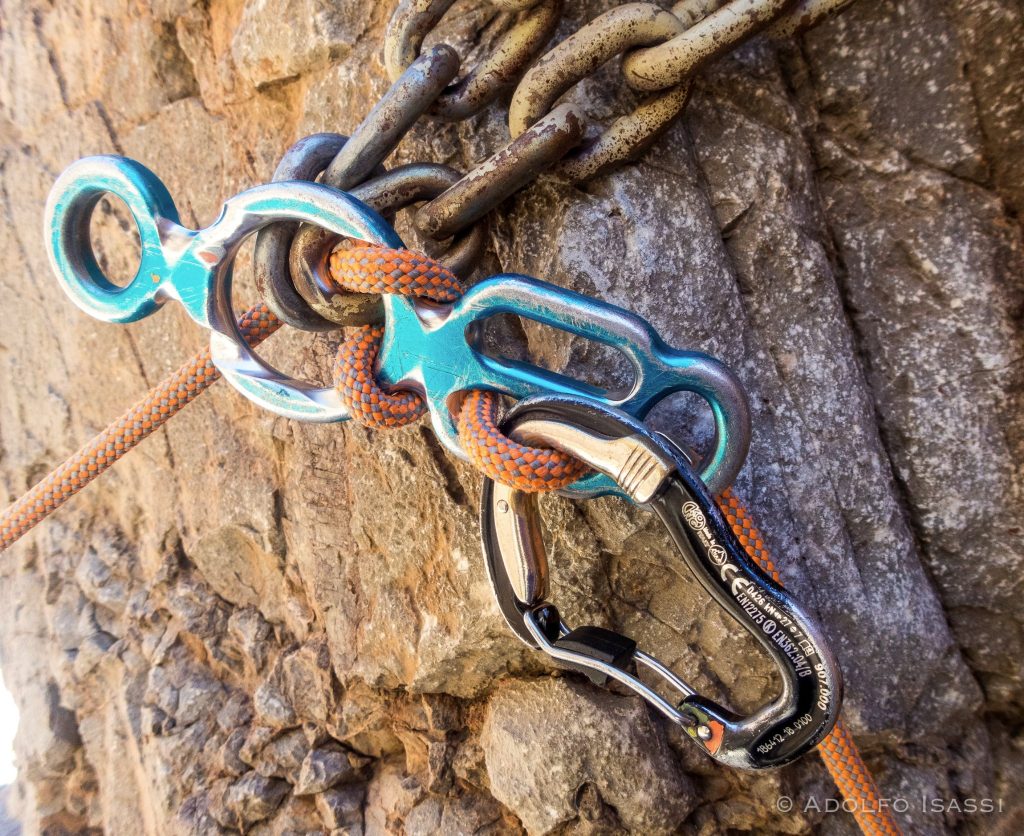
July 3 2022 Recently the FFME (Fédération française de la montagne et de l’escalade) posted a video as an invitation to work on an effort to explore options to add security during Release & Lower operations During Pro Guide assessments, and Pro practice you will come across scenarios where you need to release a system […]
How to ascend a tensioned line
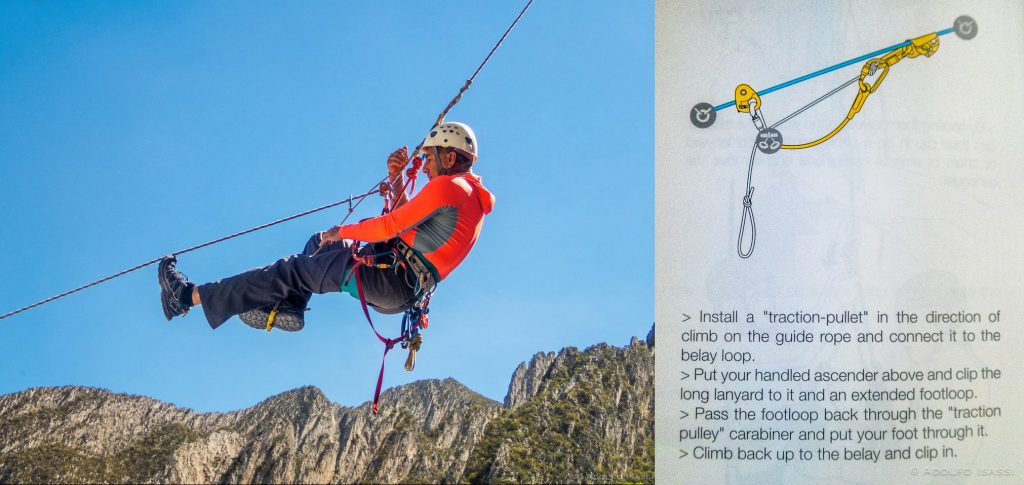
This question comes via JD Buchanan.You may need to ascend a tensioned line, like a guided rappel to fix something at the top anchor, or to assist a stuck teammate in the middle of the guided rappel. The two photos should give you a good idea on how to rig your ascenders. Key aspects of […]
Professional Handbook Canyoning: Review
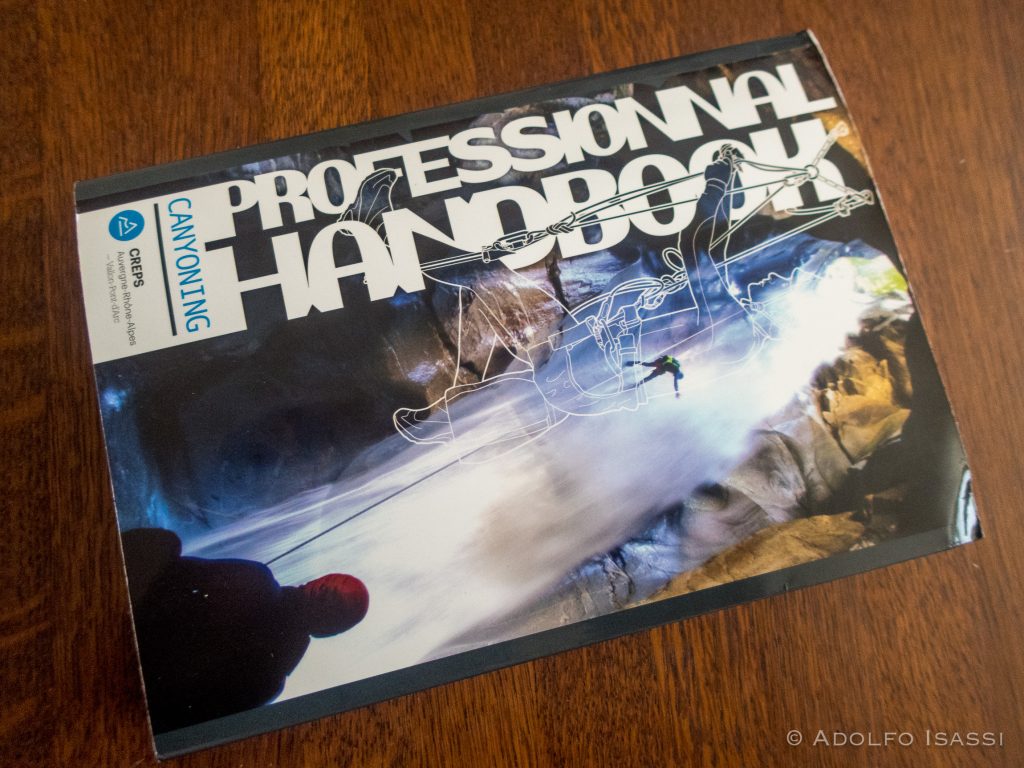
Book review
Learning new tools
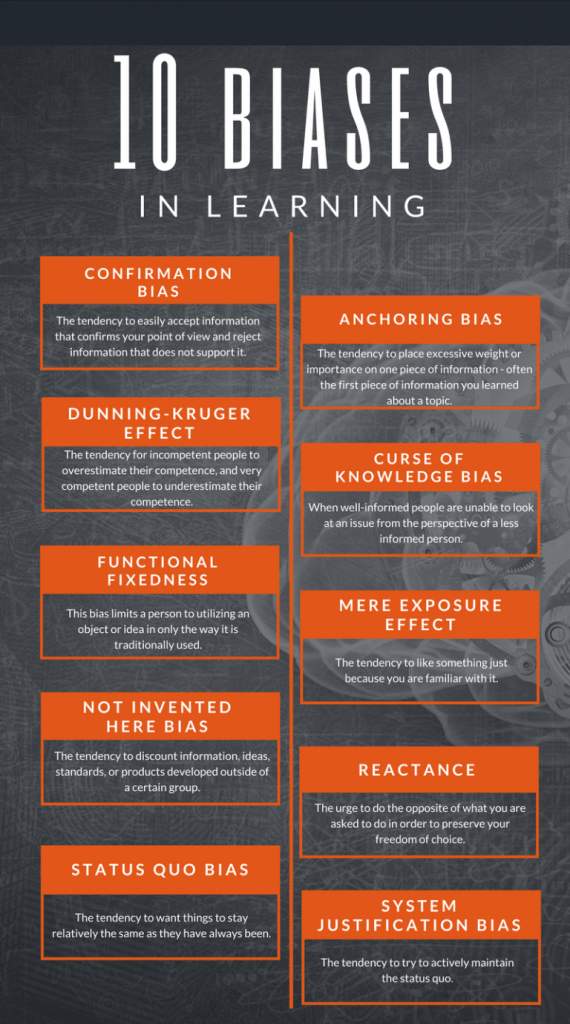
As professional guides, we have invested resources and time learning an array of skills to perform our chosen role and craft in canyons. One of these skills is working with ropes and rigging systems to mitigate the risks involved while traveling through canyoning routes with clients.As time passes by, and especially if we guide the […]
Is it time to get a Double Ended Rope Bag?
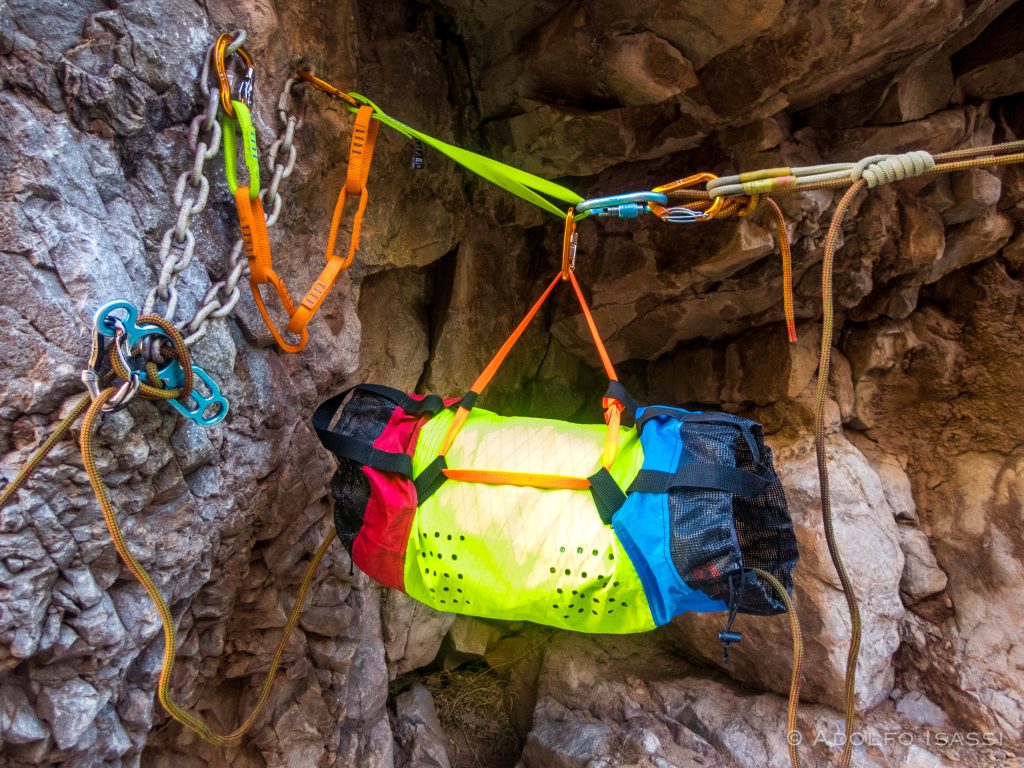
“Gear Perspective” Double-Ended bag
Do we know enough about our clients’ health and abilities to manage risks?
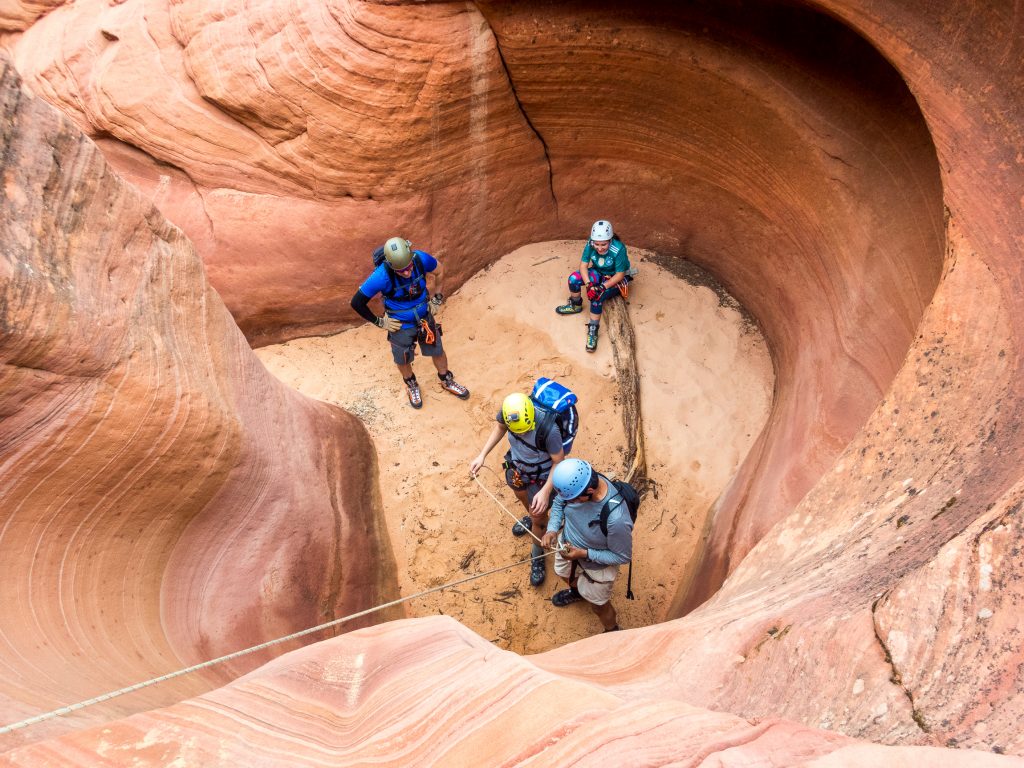
As canyoneers, we are all too familiar with canyoneering “Beta” and its benefits. The rating and data on the canyon help us with the planning and risk mitigation. (Beta is jargon that designates information about a canyon. Beta may include information about the length and difficulty of the approach, number and length of rappels, ease […]
Canyoneering Terminology Translations
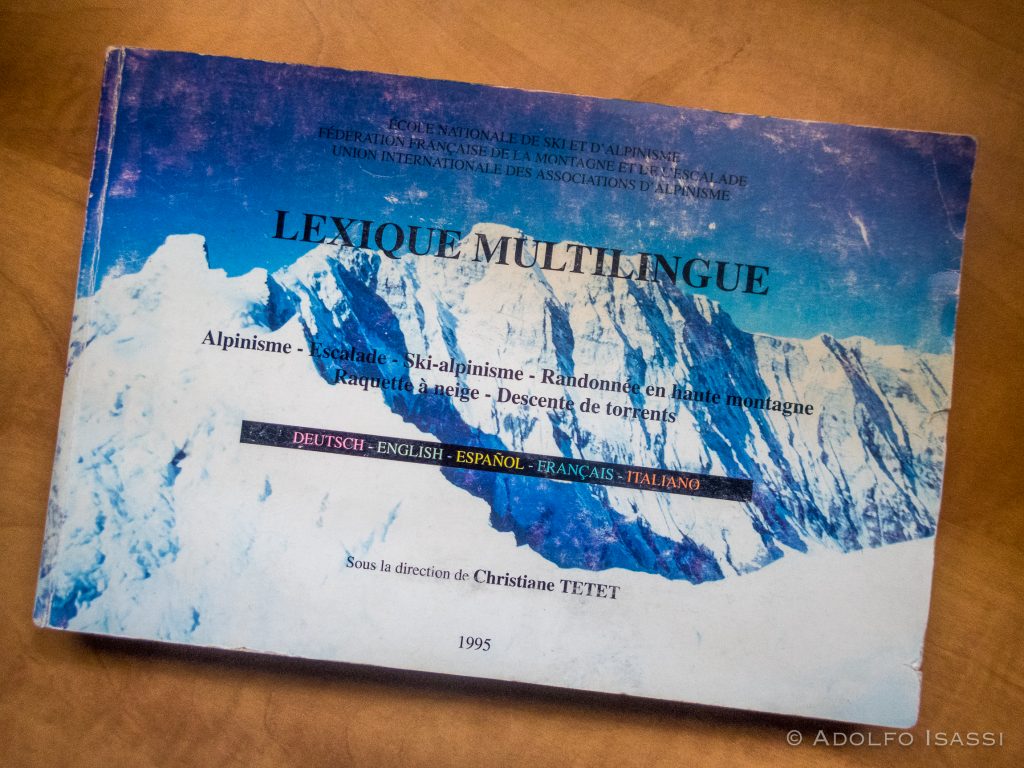
I got this book (photo) from Rich Carlson some years ago.Great information for traveling around the world canyoneering, mountaineering, or just climbing.But probably more useful for training, assessing and understanding the latest developments in ropework. CGI has been growing steadily in Mexico and because of this growth, I have received some inquiries regarding translations from […]
New Instructors/Evaluators
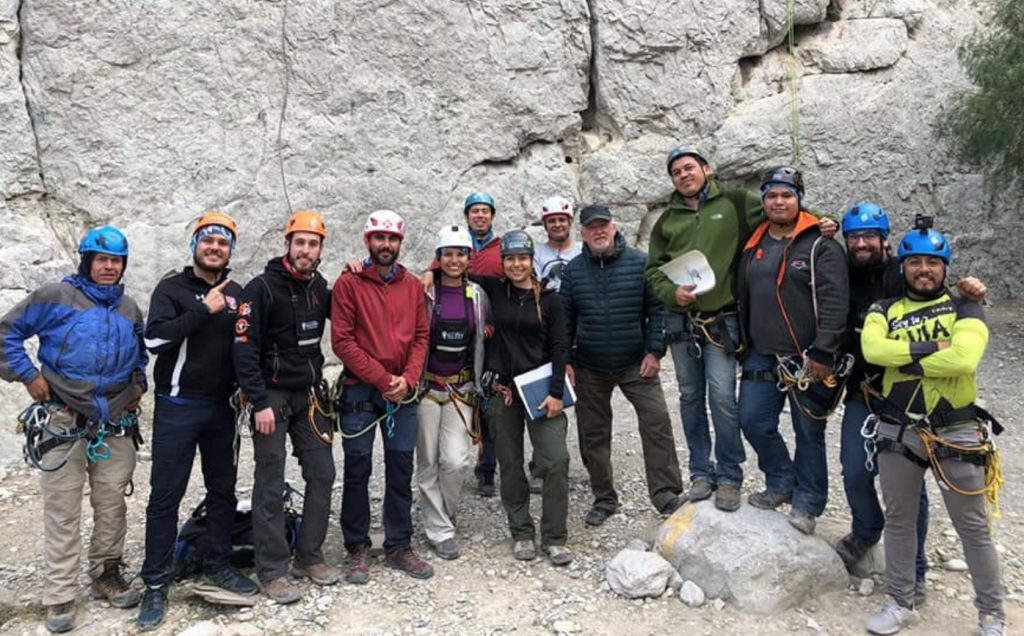
Canyon Guides International conducted a training program for aspiring instructors/evaluators the last two weeks of November 2020 in Monterrey, Mexico. CGI Senior Instructor, Rich Carlson, provided instruction the fist weekend. Topics included establishing learning objectives, developing lesson plans, course design, setting objective standards for guide evaluation, and conducting efficient skills assessments for certification.Students worked together […]
Guide Training, Level 1/2
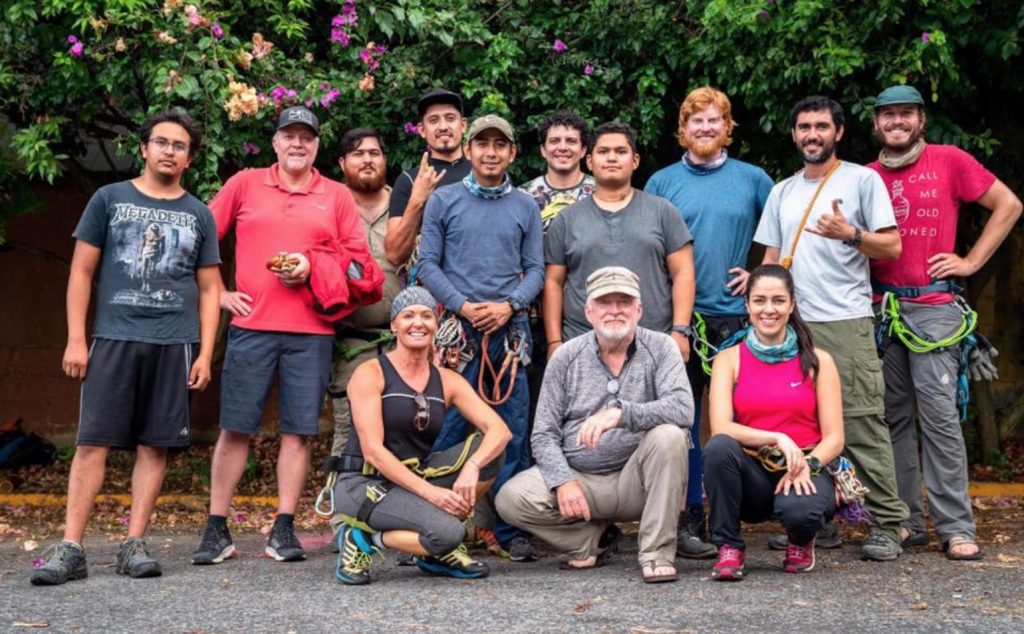
COVID has presented many challenges in 2020. Challenge accepted for this 9-day Level 1 and Level 2 training program in Monterrey Mexico. Many restrictions were in place so location options were limited, but we still managed to cover all topics for this group of aspiring canyon guides from Mexico and the United States. My thanks […]
